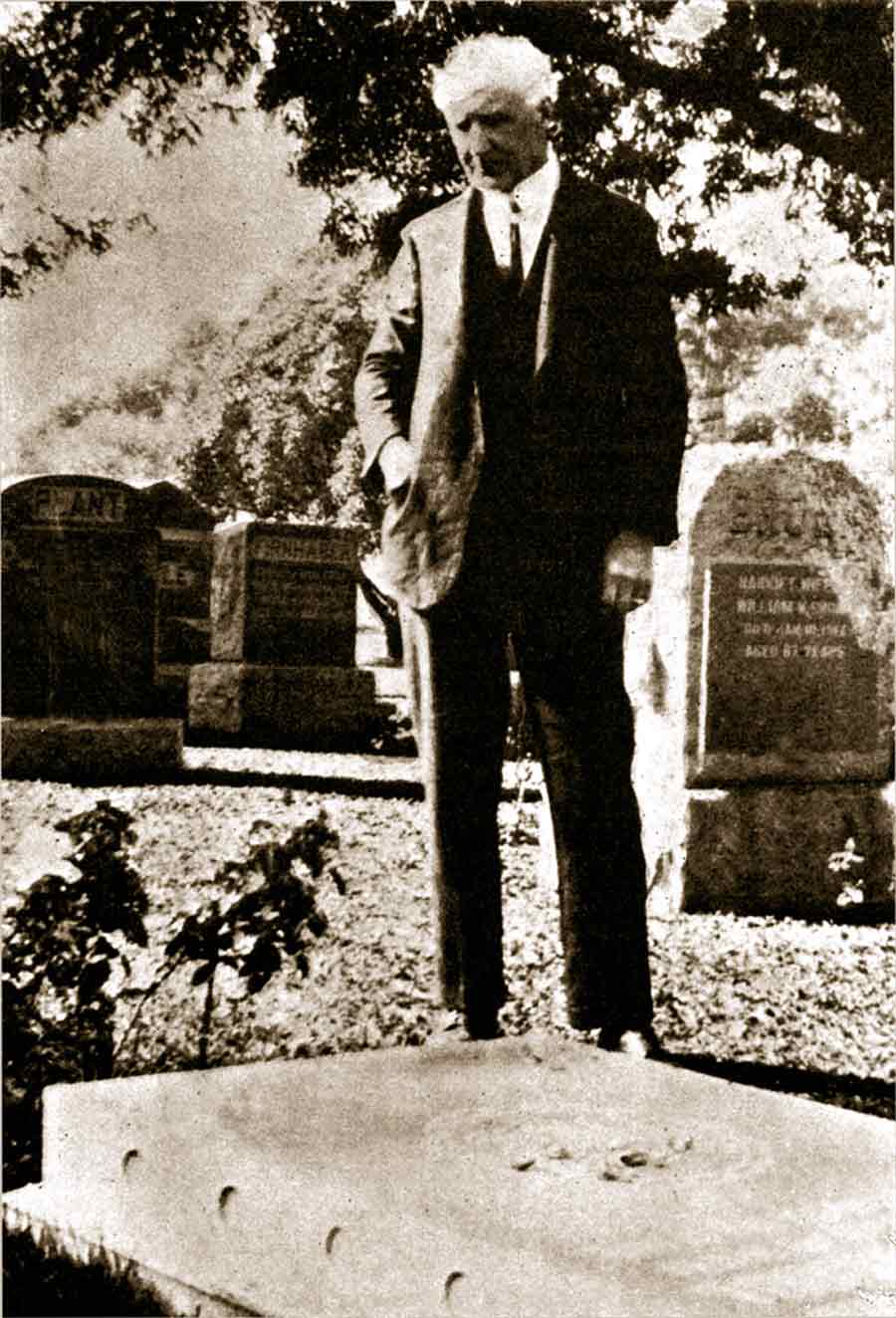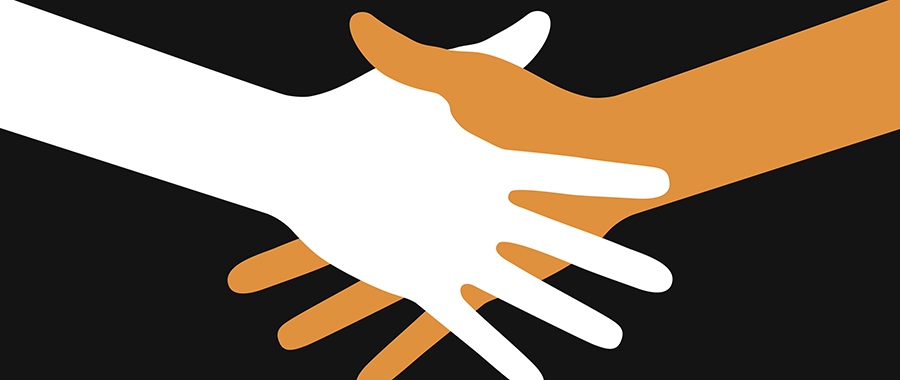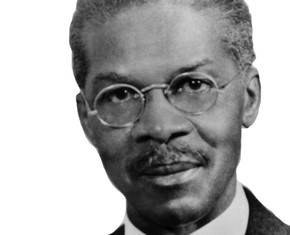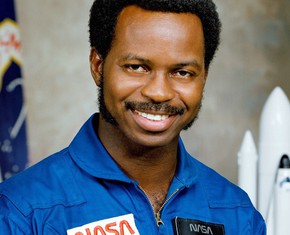The views expressed in our content reflect individual perspectives and do not represent the authoritative views of the Baha'i Faith.
American Baha’is have been charged with establishing unified, racially-integrated Baha’i communities in the United States for more than a century now—often in the face of significant resistance.
The very first American Baha’i communities formed in Chicago, Illinois and Kenosha, Wisconsin in the mid-1890s, and then spread from that Midwestern base all over the country. During that period of American history, known as the Jim Crow era because of its legal restriction of the civil rights and civil liberties of African-American citizens, the Baha’i principles of the oneness of humanity and the elimination of all racial prejudice found a receptive audience in some quarters, and a hostile one in others. Baha’is all over the world did their best—and are still doing their best, every day—to build up the moral force that sustains society.
In December 2018, the Miami Baha’i community will celebrate its 100th anniversary—from its inception in 1918, when the first Miami Baha’i, Louise D. Boyle, wrote to Abdu’l-Baha. He replied, in part:
Your letter dated December 1918, was received. Thou hast written that in these days, in view of these terrible battles and the extinction of the fire of war, a new capability has sprung in men. It is evident that not until rain, snow, cold, storm and hurricane come to pass will the capacity for spring be attained. In winter divine Providence prepares for the advent of the life-giving spring. … Similarly this terrible war [World War I] has awakened people’s minds and has given rise to sentiments of Universal Peace so that the divine teachings may exert an effect upon the peoples of all races ….
Strive, therefore, that the light of the oneness of the world of humanity may be made resplendent, that misunderstanding among the religions and races of the world may be eliminated, that the nether world may reflect the realm on high and the Sun of Truth may shine over all regions. – Abdu’l-Baha, Tablet to Louise D. Boyle, translated by Shoghi Rabbani, February 1, 1919.
Louise Dixon Boyle (1875–1953), a white Baha’i, was the first person on record to bring the Baha’i message to Miami. Evidently, she had written to Abdu’l-Baha in December 1918, from Miami. This brief news report describes her initial activities: “Mrs. Boyle, spending a winter at Miami, Fla., attracted many who, like herself, were visitors.” – “Activities in the American Field,” Extracts from Bulletin No. 2, issued July 19, 1920, by the Teaching Committee of the United States and Canada, appointed by the delegates to the Convention, Star of the West, Vol. 11, No. 9 (August 20, 1920): p. 148.

Howard MacNutt stands at the grave, in Los Angeles cemetery, of Thornton Chase, another disciple of ’Abdu’l-Baha, who was designated by ’Abdu’l-Baha as “the first American believer.”
Newspaper accounts report Baha’i teaching activities in Miami around that same time. For instance, the New York-based Baha’i speaker and attorney Howard MacNutt gave a public talk on the Baha’i Faith on Sunday, January 22, 1922 in Miami. – “Howard M’Nutt Will Lecture Again Sunday,” The Miami News (Saturday, January 28, 1922) Main Edition, Page 18. A very informative article on the Baha’i teachings appeared in print shortly thereafter: “Bahai Revelation Is Being Taught Here By Howard MacNutt,” The Miami News (Saturday, February 11, 1922), Other Editions, Page 17. (Courtesy of Steven Kolins, independent researcher.)
Still more newspaper articles were published throughout 1922, 1923 and 1924, with additional articles in 1926, as evidence of Baha’i teaching endeavors. In the interim, MacNutt traveled throughout the United States on an extended Baha’i lecture tour to over 100 localities in a trip that covered 25,000 miles, according to an estimate by Robert Stockman (“MacNutt, Howard,” 1995).
This highly unusual level of activity by white Baha’is who advocated for racial amity and the equality of all racial groups did not go unnoticed by those who opposed integration.
Howard MacNutt died on December 26, 1926, having been fatally injured in an accident three days prior. Since Mr. MacNutt was so instrumental—a key figure, and a highly effective one at that—this tragic event was a significant setback to the Baha’i teaching efforts in Miami.
Although Miami’s Baha’i Local Spiritual Assembly had first formed back in 1926, an unfolding series of catastrophic events subsequently posed formidable obstacles to the Baha’i efforts there. The Great Miami Hurricane of 1926, for instance, followed by the Great Depression of 1929—with economic woes affecting Miami beforehand, not to mention rampant racism, outbreaks of epidemics, etc.—combined to create almost irreversible setbacks in the Baha’i teaching efforts, especially when it came to reaching African-Americans in “Colored Town.”
Despite all these vicissitudes and hardships, the Baha’i teaching efforts were as exemplary as they were extraordinary for that day and age. Certainly the “Jim Crow” era made it extremely difficult to make significant progress in promoting what the Baha’is called “race amity”—ideal race relations within the fledgling Baha’i community and outside of it, as well. In what was really an untested social experiment, putting into practice the grand Baha’i vision of the oneness of humankind, the Baha’is did their best to establish a racially mixed society.
In a nutshell, this summarizes the racial situation in Miami at that time:
Miami’s race relations have been undeniably southern. Until the civil rights movement at the middle of the twentieth century, Miami politics excluded blacks. Segregation was officially sanctioned, and brutality against blacks was not unknown. – Alex Stepick, Guillermo Grenier, Max Castro, and Marvin Dunn, This Land Is Our Land: Immigrants and Power in Miami, p. 24.
Suffice it to say that the first Baha’i teaching efforts in Miami experienced initial successes, demonstrating how timely the Baha’i message of interracial unity—and of unity across all social barriers—really was, even though it was impossible at that time to overcome the formidable natural, economic and social obstacles that made “race amity” a vision difficult to translate into social reality. Although the Baha’i-inspired mission of interracial unity was not readily accepted by the wider American society, certainly the African-Americans of Miami’s “Colored Town” appeared to be very receptive and appreciative of these socially heroic efforts. We know that because several civic leaders and prominent individuals in the African-American community became Baha’is and dedicated their resources to those efforts.
Such significant time, energy and effort involved not only personal commitments, but personal sacrifices as well. These early Baha’i efforts in Miami represented a series of small, yet exemplary, social victories. But progressive as they were, these victories were temporary, given the setbacks previously described.
These Baha’i endeavors in Miami, both inspiring and instructive, inspire us to do more today, since far more can be done now compared to back then. Such efforts can also help emphasize the need for a more systematic approach, whereby Baha’i communities can be more effectively built and consolidated, and societal racism can be addressed by the engagement of people of goodwill of all colors. As the democratically-elected governing body of the world’s Baha’is, the Universal House of Justice, wrote a few years ago:
Over the last year, it has become clearer still that, in different nations in different ways, the social consensus around ideals that have traditionally united and bound together a people is increasingly worn and spent. It can no longer offer a reliable defence against a variety of self-serving, intolerant, and toxic ideologies that feed upon discontent and resentment. With a conflicted world appearing every day less sure of itself, the proponents of these destructive doctrines grow bold and brazen. We recall the unequivocal verdict from [Baha’u’llah]: “They hasten forward to Hell Fire, and mistake it for light.” Well-meaning leaders of nations and people of goodwill are left struggling to repair the fractures evident in society and powerless to prevent their spread. The effects of all this are not only to be seen in outright conflict or a collapse in order. In the distrust that pits neighbour against neighbour and severs family ties, in the antagonism of so much of what passes for social discourse, in the casualness with which appeals to ignoble human motivations are used to win power and pile up riches—in all these lie unmistakable signs that the moral force which sustains society has become gravely depleted.
Yet there is reassurance in the knowledge that, amidst the disintegration, a new kind of collective life is taking shape which gives practical expression to all that is heavenly in human beings. – The Universal House of Justice, To the “Baha’is of the World” (April 2015).
















Comments
Sign in or create an account
Continue with Googleor